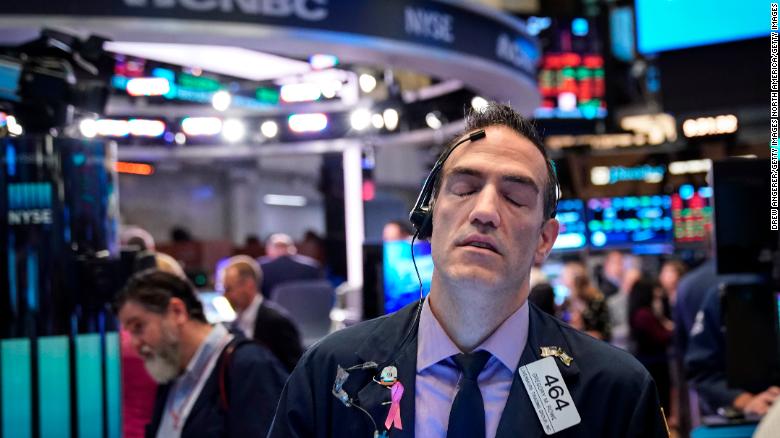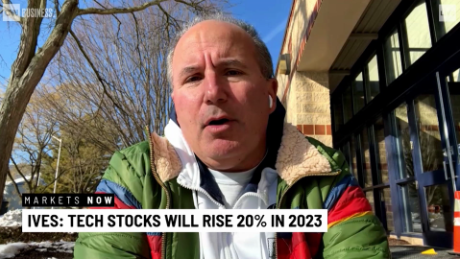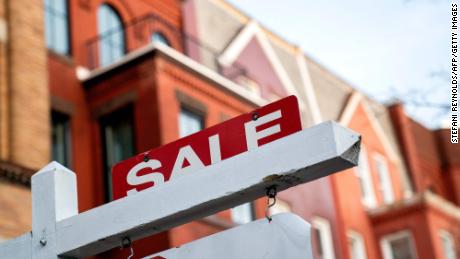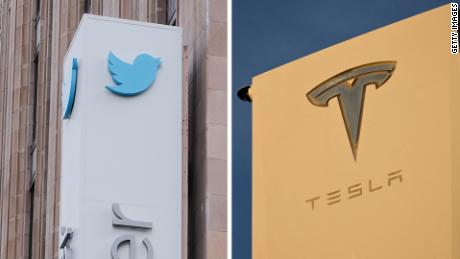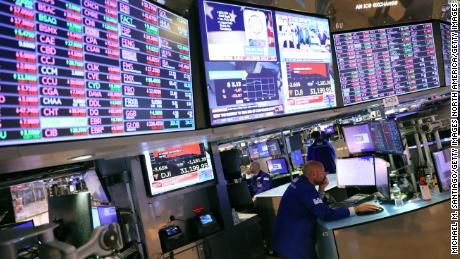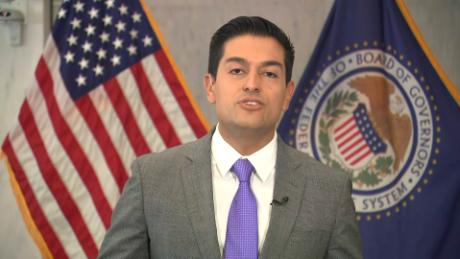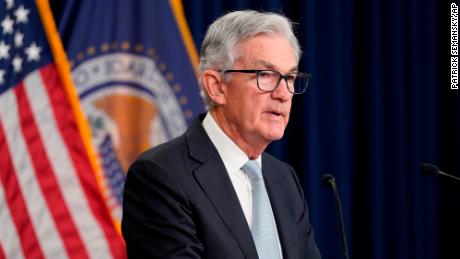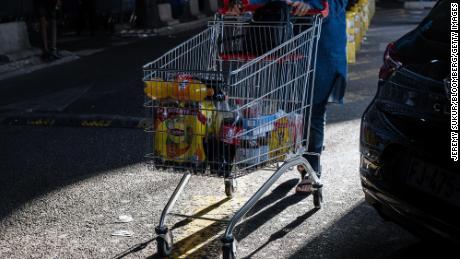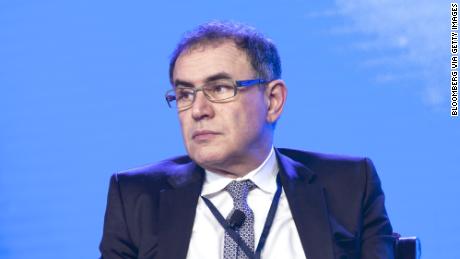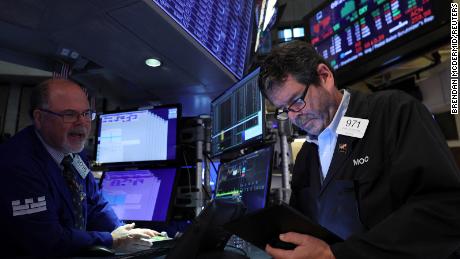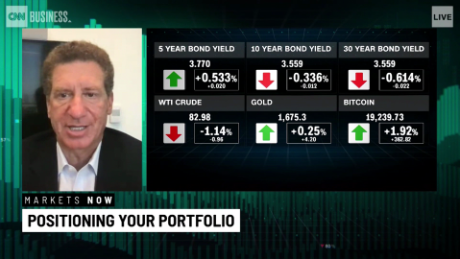New York (CNN Business)The New York Federal Reserve is taking out the big guns to calm panicky financial markets.
The NY Fed announced plans Thursday to inject vast amounts of money into the financial system, totaling at least $1.5 trillion. And the Fed promised to start purchasing a range of Treasuries -- a step that effectively marks a return to the 2008 crisis-era bond buying program known as quantitative easing, or QE.
The Fed said the dramatic moves will address "highly unusual disruptions" in the Treasury market linked to the coronavirus outbreak. This accelerates weeklong efforts by the NY Fed aimed at easing fears that companies will lose access to capital or that markets will become unhinged.
"The Fed is all in. They've fired their nuclear weapon. and they did it because financial markets are seizing up," said James Bianco, president of Bianco Research. "There is no liquidity in the markets. They are trying to unstick them."
Not only did US stocks nosedive Thursday, but the ultra-safe government bond market malfunctioned. Even though Treasuries are supposed to be the safest assets on the planet, liquidity dried up in that market, setting off alarm bells on Wall Street.
"The market in a sense broke today. The Fed came out and fixed it," said Peter Boockvar, chief investment officer at Bleakley Advisory Group.
Boockvar said there was a "blow out" in the gap between bid and offer in Treasuries, signaling a liquidity crunch in what is normally a very deep market. One way to look at it: The bond-trading engine seized up, and the Fed added oil to make it run smoothly again.
How the Fed's fix is designed to work
The NY Fed said it would offer $500 billion in a three-month repo operation Thursday afternoon -- and then will do the same thing the next day. Moreover, the Fed said it will offer a $500 billion one-month repo operation Friday and take additional steps as well.
The NY Fed's moves briefly improved the mood on Wall Street, lifting US stocks off their lows during an historic selloff. Markets are still are track for their worst week since 2008.
"This is a full-blown crisis response operation, intended to make it abundantly clear that the Fed will not allow liquidity to dry up," Ian Shepherdson, chief economist at Pantheon Macroeconomics, wrote in a Thursday note to clients.
At the same time, the Fed is trying to ease concerns that banks won't have enough cash to lend to jittery businesses.
"This is to make sure banks don't have any funding issues," said Jeffrey Kleintop, chief global market strategist at Charles Schwab. "We've got enough to deal with, with a health crisis. We don't want companies to feel like banks will pull back on their lines of credit and run into liquidity problems."
Part of a larger scheme
The Fed has repeatedly ramped up its cash injections this week in an effort to keep funding markets operating smoothly despite the coronavirus fears. If those markets shut down, like they did in 2008, banks would stop lending to each other and cut off capital provided to Corporate America.
In other words, a health crisis would turn into a credit one.
"The idea is to make sure banks maintain capital available for businesses. This isn't a direct injection into those businesses but as close as the Fed can get," said Kleintop.
Critically, the Fed said it is no longer just buying short-term Treasuries known as T-bills.
The statement said previously planned purchases of $60 billion of US debt will now take place "across a range of maturities," roughly matching the composition of outstanding US Treasuries. That means the Fed will start buying longer-term debt, just like it did during QE1, QE2 and QE3.
"QE4 is here," Pantheon's Shepherdson said. "This is a world away from the bill purchases, which effectively just allowed banks to swap bills for reserves at the Fed."
The NY Fed intervention began in the fall, when officials started conducting overnight repo operations aimed at easing stress in the overnight lending market. At the time, borrowing rates spiked in this critical part of the financial system that allows banks and other financial institutions to quickly and easily borrow.
To ease the pressure, the Fed also began buying T-bills. Although many investors saw the moves as a stealth version of QE, the Fed denied this by pointing out that it was strictly focused on short-term debt.
That is no longer the case given the changes announced Thursday.
